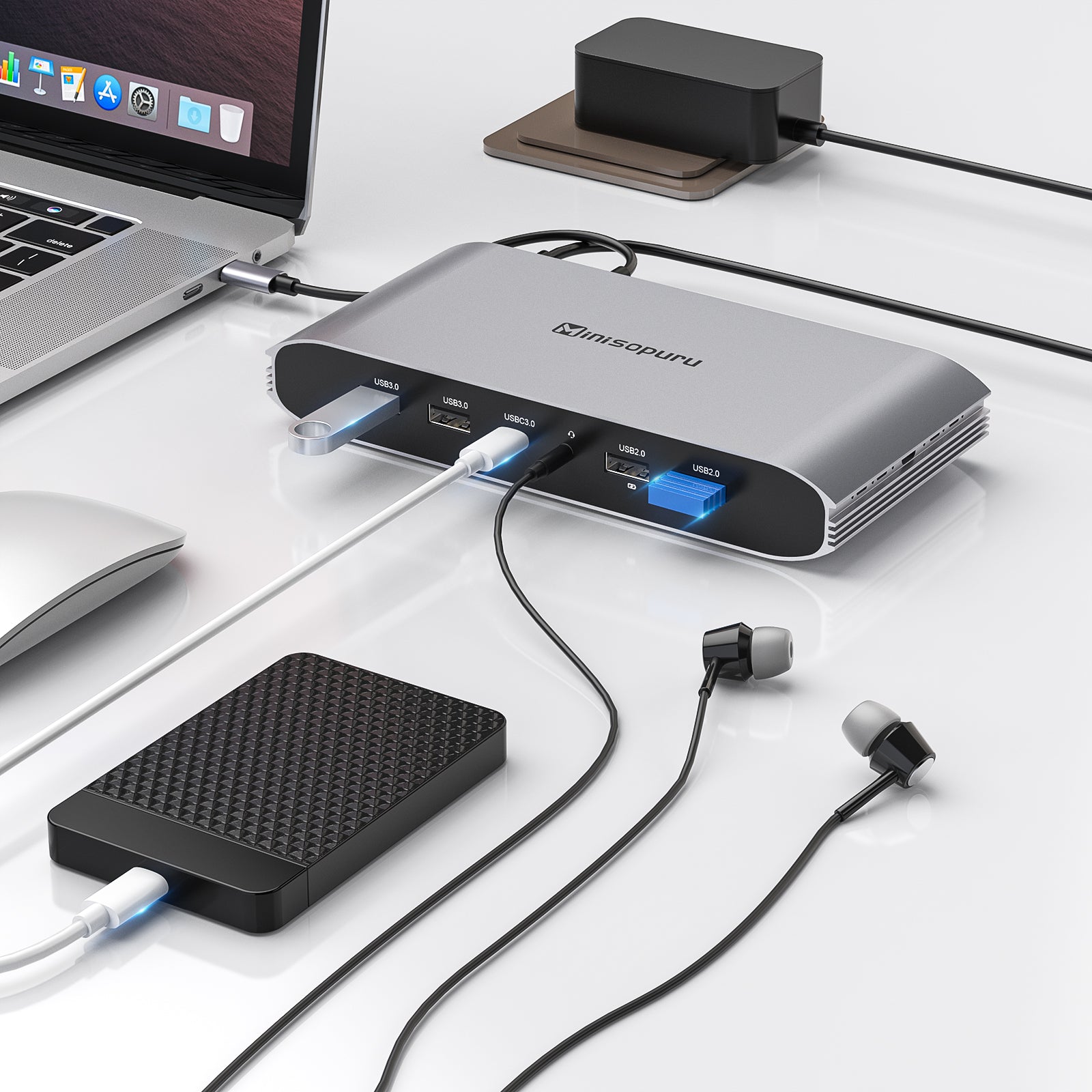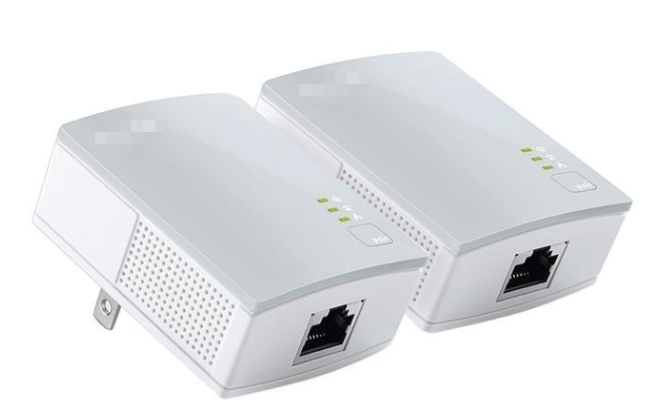By default, many Windows laptops are set to put the computer to sleep when the lid is closed, even if external displays, a keyboard, or a mouse are connected. If you'd like to keep the system active with the lid closed and use external displays instead, you can change the power management settings. Follow these steps to make the necessary adjustments:
On Windows 10:
1. To begin, you can right-click on the Start button and choose Power Options from the menu that appears.
2. On the Power Options settings page, you can find a link labeled "Additional power settings" on the right-hand side. Click on this blue link to proceed.

3. On the left-hand side of the Power Options window, you should see several options to choose from. Look for the one labeled "Choose what closing the lid does" and click on it to continue.
4. Ensure that the option for "When I close the lid" under the "Plugged In" category is set to "Do nothing". This will allow the laptop to stay active even when the lid is closed.

5. After you've made the necessary changes to the power management settings, be sure to click the "Save Changes" button to apply them. You should then restart your laptop (while keeping it plugged in) and test it again to see if it now works as desired.
On Windows 11:
1. To access the Power Options menu, begin by right-clicking on the Start button and selecting it from the list of available options.

2. Go to the settings window and locate the search box in the top left corner. Type "lid" in the search box and select the option "Change what closing the lid does" from the search results.

3. Ensure that the option for "Do Nothing" is selected under the "Plugged In" column for the "When I close the lid" setting.

4. Please click on the "Save Changes" button to implement the updated settings.
When both an external display and power source are connected, closing the laptop lid will no longer activate sleep mode. Instead, one of the external displays will become the primary display and show the desktop icons, replacing the built-in display of the laptop.
On Windows 10:
1. To begin, you can right-click on the Start button and choose Power Options from the menu that appears.
2. On the Power Options settings page, you can find a link labeled "Additional power settings" on the right-hand side. Click on this blue link to proceed.

3. On the left-hand side of the Power Options window, you should see several options to choose from. Look for the one labeled "Choose what closing the lid does" and click on it to continue.
4. Ensure that the option for "When I close the lid" under the "Plugged In" category is set to "Do nothing". This will allow the laptop to stay active even when the lid is closed.

5. After you've made the necessary changes to the power management settings, be sure to click the "Save Changes" button to apply them. You should then restart your laptop (while keeping it plugged in) and test it again to see if it now works as desired.
On Windows 11:
1. To access the Power Options menu, begin by right-clicking on the Start button and selecting it from the list of available options.

2. Go to the settings window and locate the search box in the top left corner. Type "lid" in the search box and select the option "Change what closing the lid does" from the search results.

3. Ensure that the option for "Do Nothing" is selected under the "Plugged In" column for the "When I close the lid" setting.

4. Please click on the "Save Changes" button to implement the updated settings.
When both an external display and power source are connected, closing the laptop lid will no longer activate sleep mode. Instead, one of the external displays will become the primary display and show the desktop icons, replacing the built-in display of the laptop.
The lid may still need to be opened to perform the following tasks:
- To power on the computer from a fully powered off state
- To log into the computer if logged out or if the computer is restarted with the lid closed
- To wake the computer from a deep sleep state ( hibernation, or Windows hybrid sleep states )



